In the pressure-volume diagram given below, the isochoric, isothermal, isobaric, and isoentropic parts, respectively, are:
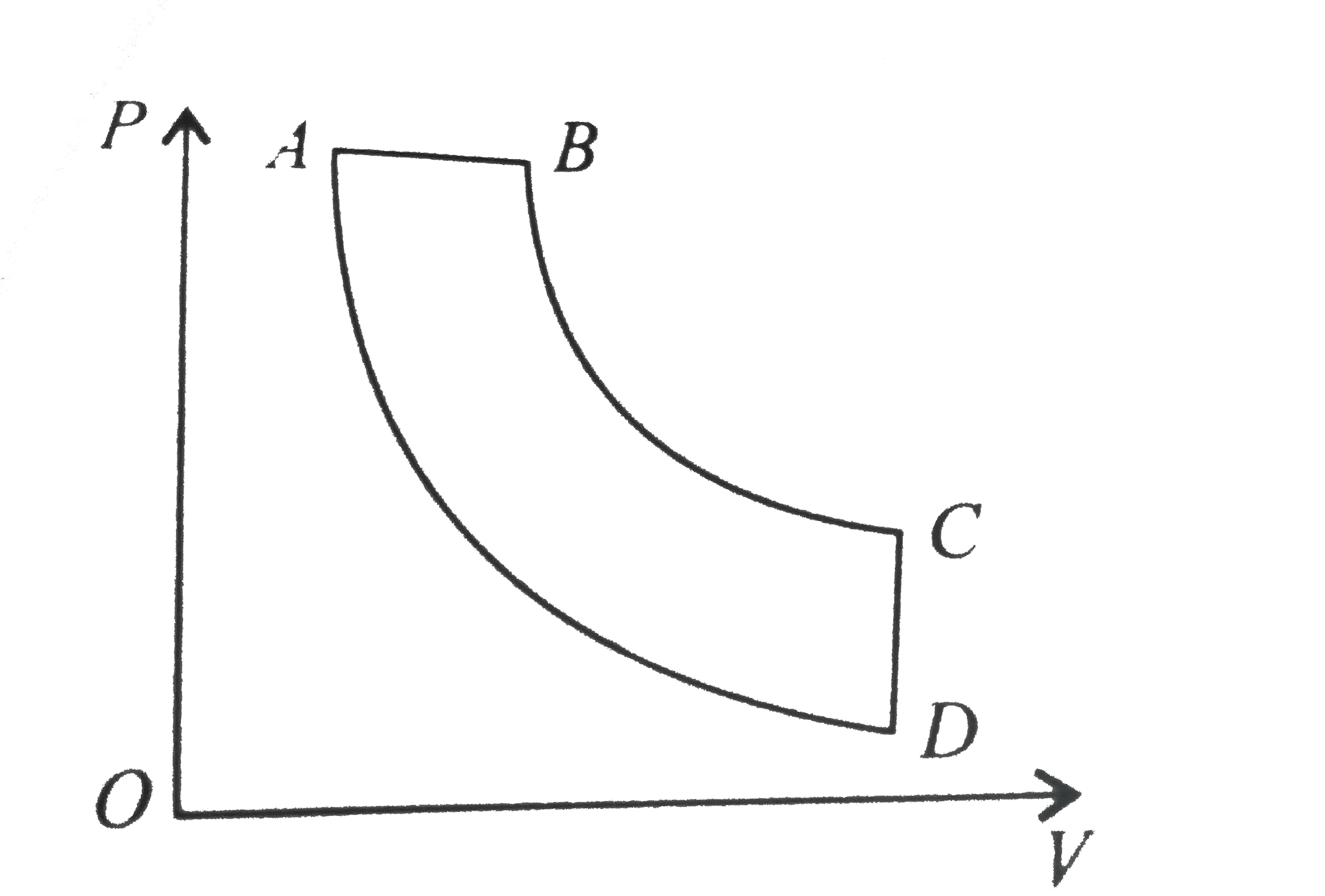
BA,AD,DC,DB
DC,CB,BA,AD
AB,BC,CD,DA
CD,DA,AB,BC
CD− Isochroic (at constant volume)
DA−Isothermal compression (ΔT=0)
AB−Isobaric (at constant pressure)
BC−Isoentropic (at constant entropy)
Topper's Solved these Questions
Similar Questions
In the following pressure-volume diagram, the isochoric, isothermal and isobaric parts, respectively, are
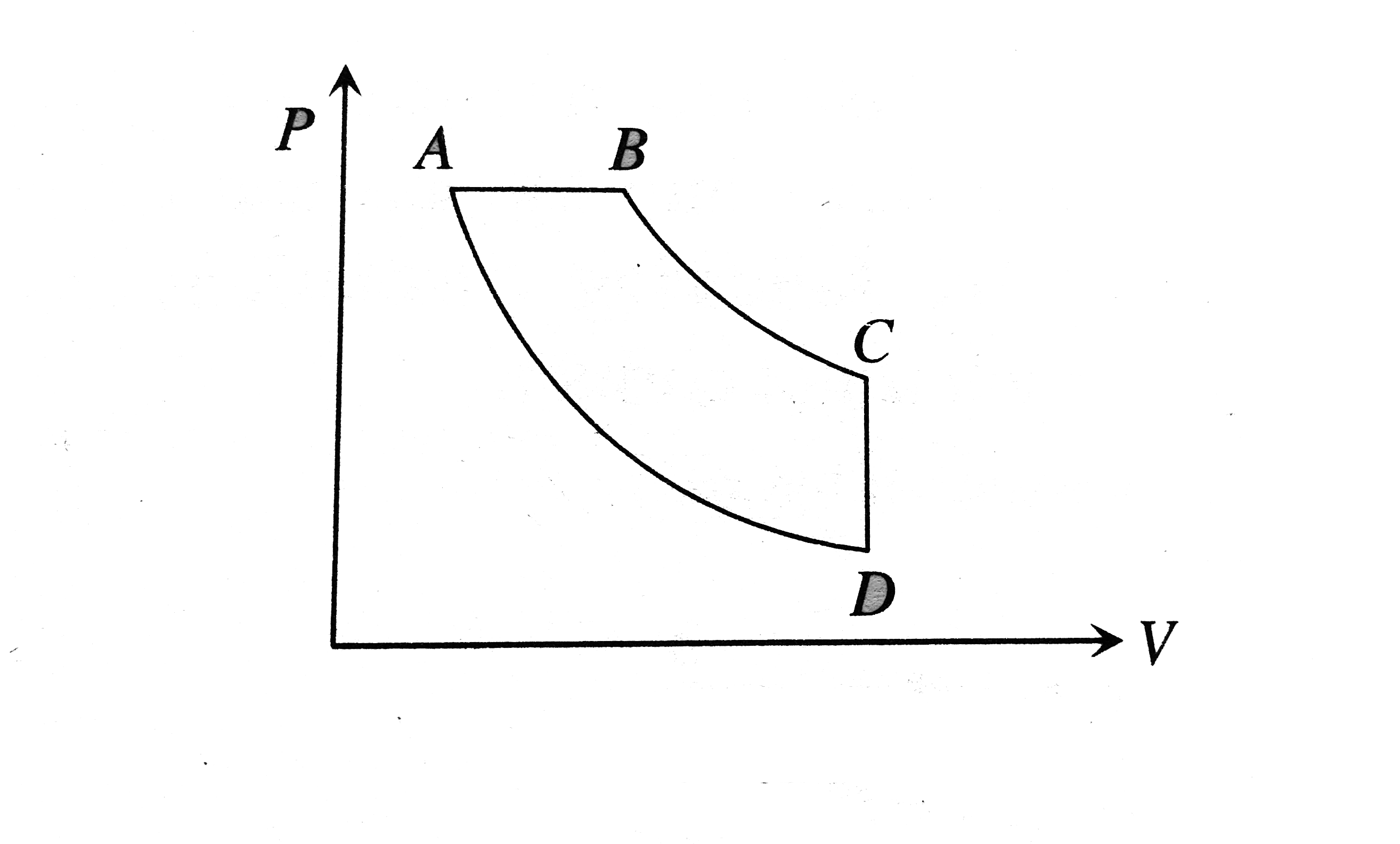 View Solution
View SolutionThe diagram given below represents
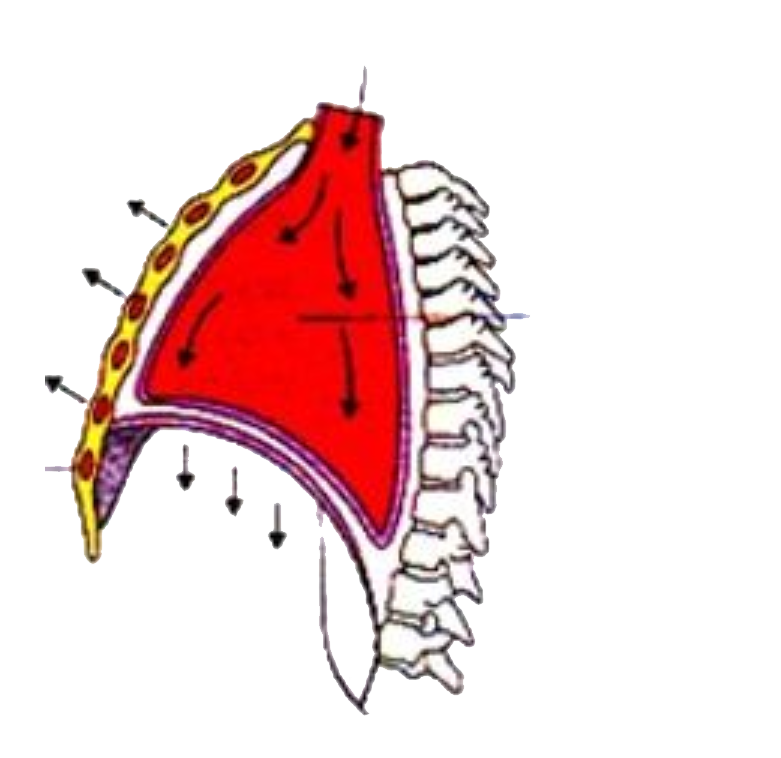 View Solution
View SolutionIn which of the following indicator diagrams gives below do AB,BC, and CA represent isothermal, isochroic, and adiabatic changes, respectively?
View SolutionIn the diagram give n below shaded part represents :-
 View Solution
View Solution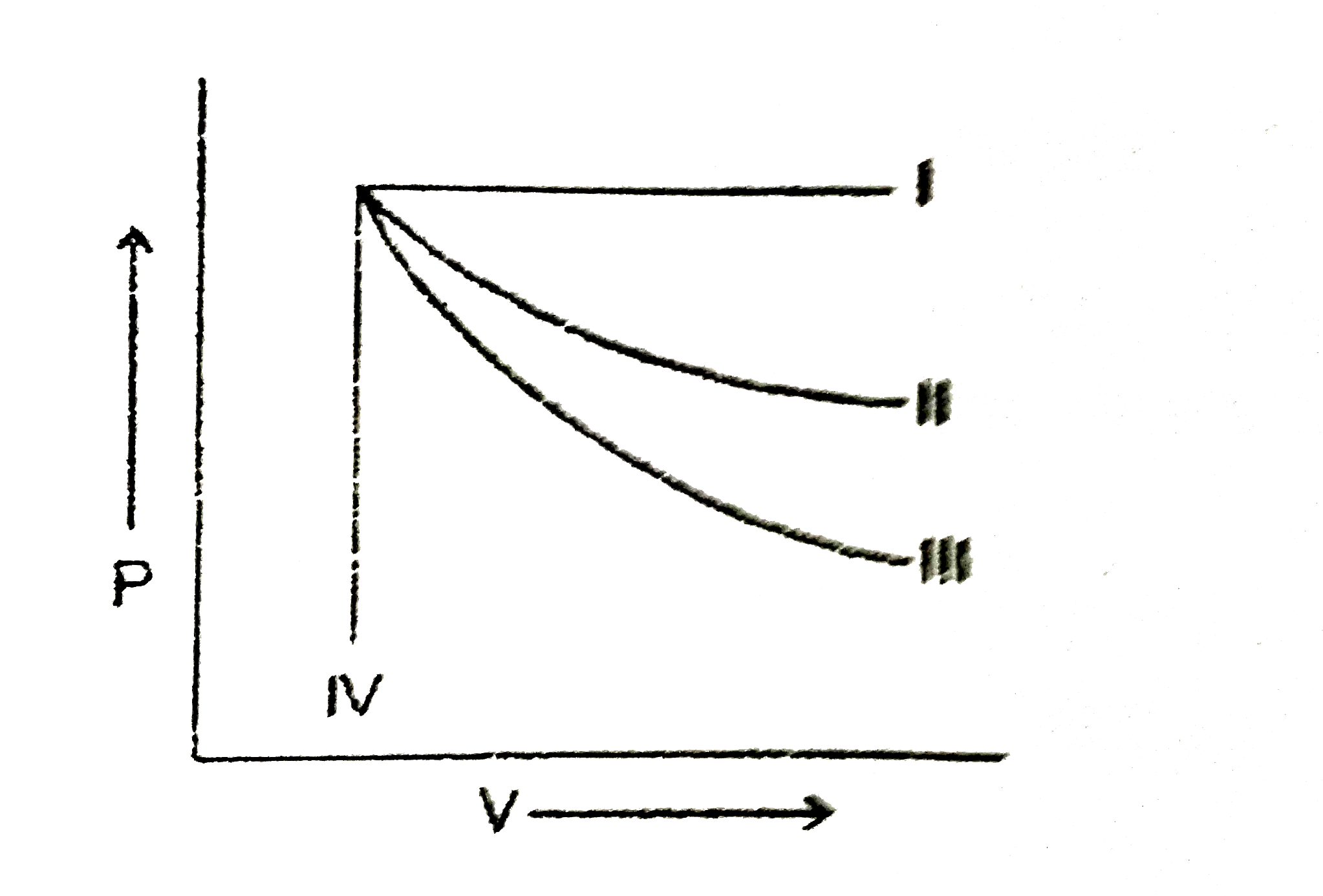
The plots between P and V which represent isochoric and isobaric process respectively:View SolutionExplain whether (a) T2>T1, (b) P2>P1 and (c ) V2>V1 or otherwise in Fig., which represent in isothermal, isobaric, and isochoric processes for the same mass of an ideal gas, respectively.
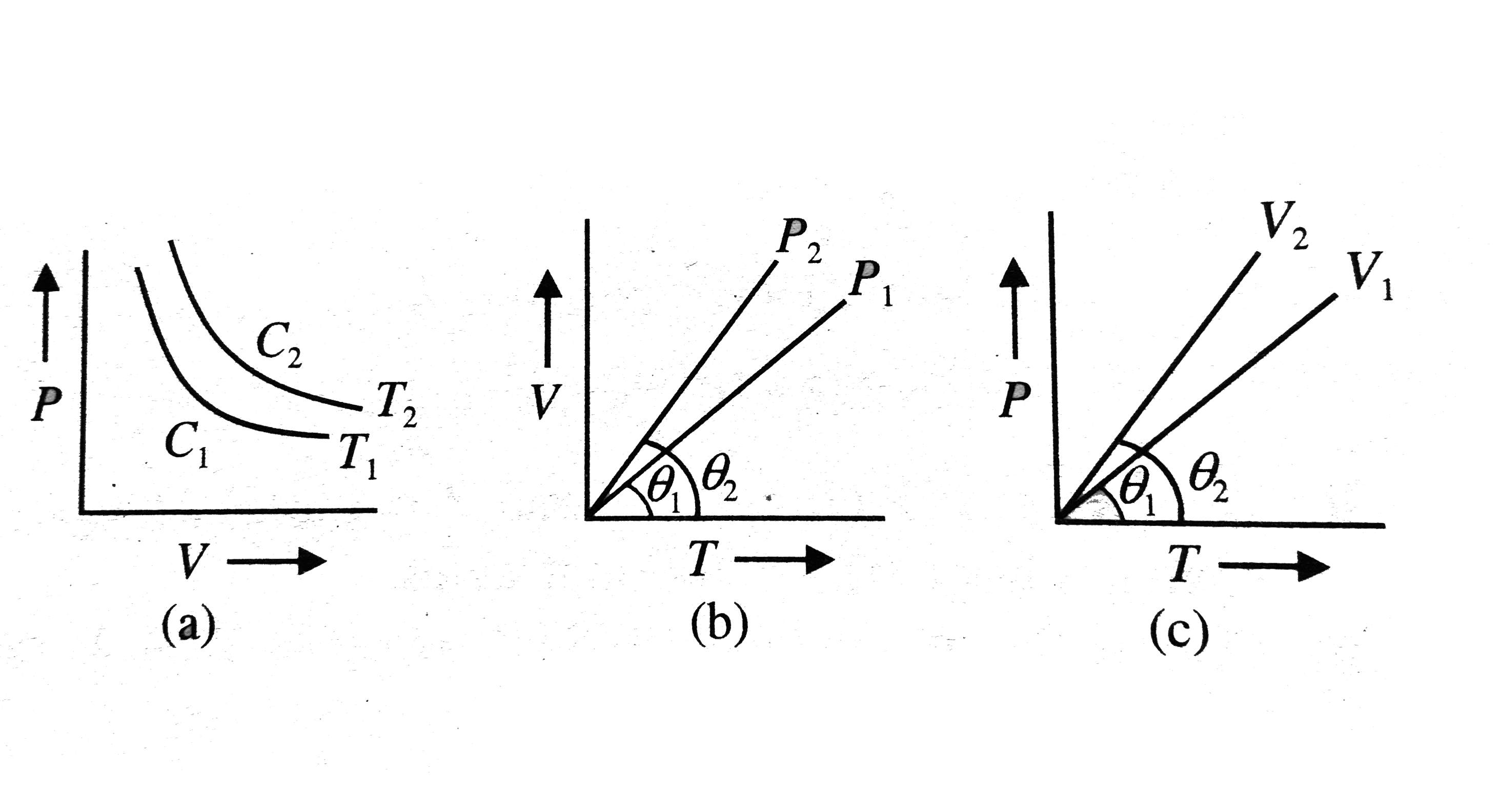 View Solution
View SolutionIdentify the correct set of parts in the diagram given below.
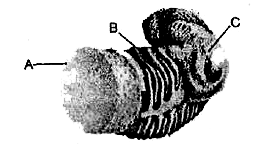 View Solution
View SolutionIf w1.w2,w3 and w4 are work done in isothermal, adiabatic, isobaric, and isochoric reversible expansion for an ideal gas, respectively, then
View SolutionFor a given thermodynamic cyclic process, P−V indicator diagram is as shown in the figure. Process AB,BC&CA are isobaric, & isothermal respectively. Then which of the following curve represent correc V−T indicator diagram for the process ABCA?
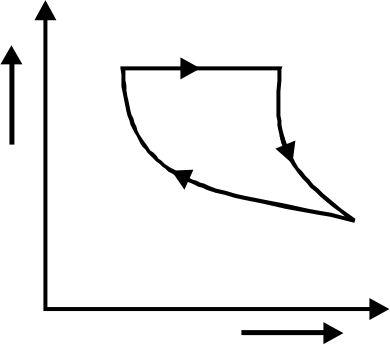 View Solution
View SolutionA closed gas cylinder is divided into two parts by a piston held tight. The pressure and volume of gas in two parts respectively are (P, 5V) and (10P, V). If now the piston is left free and the system undergoes isothermal process, then the volumes of the gas in two parts respectively are
View Solution

